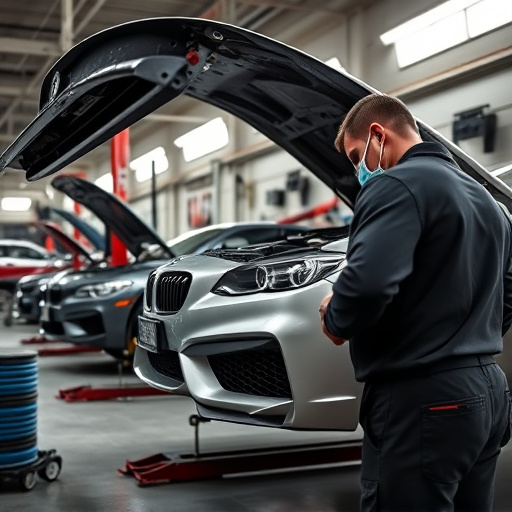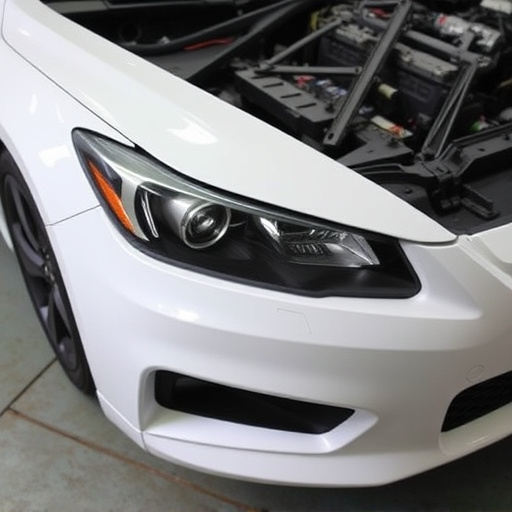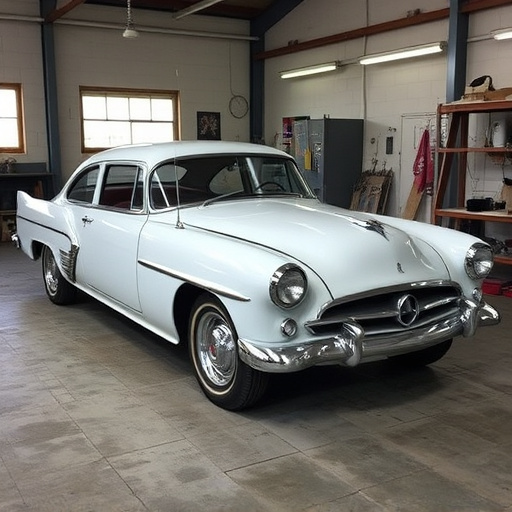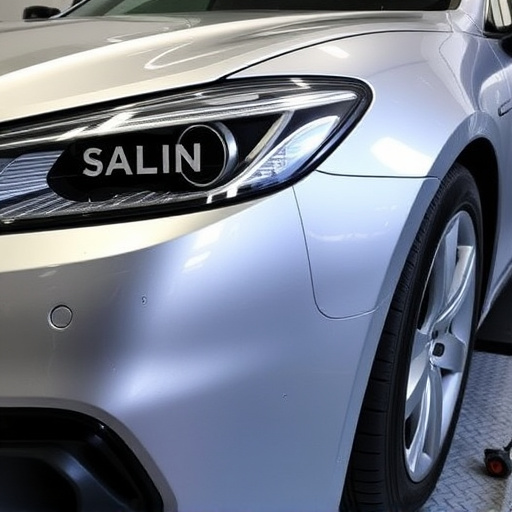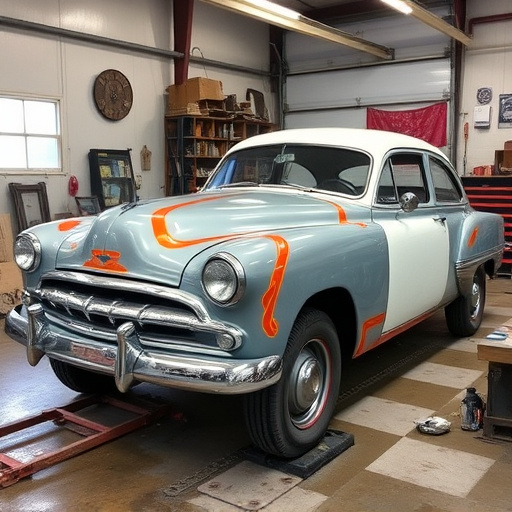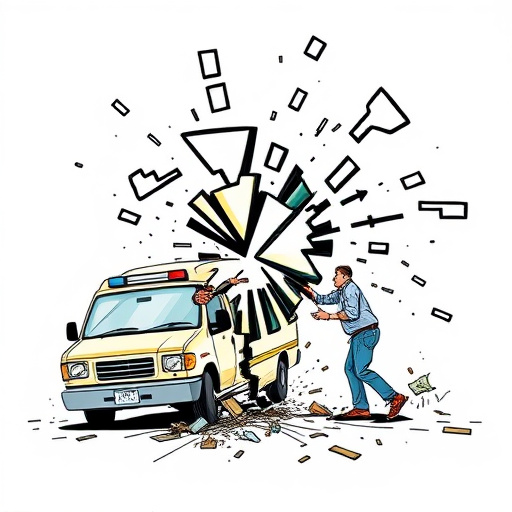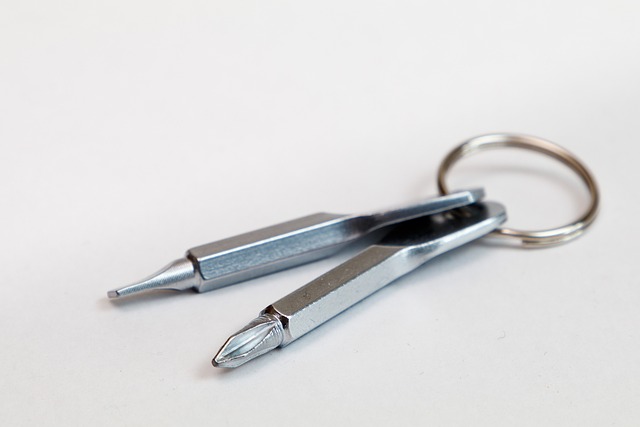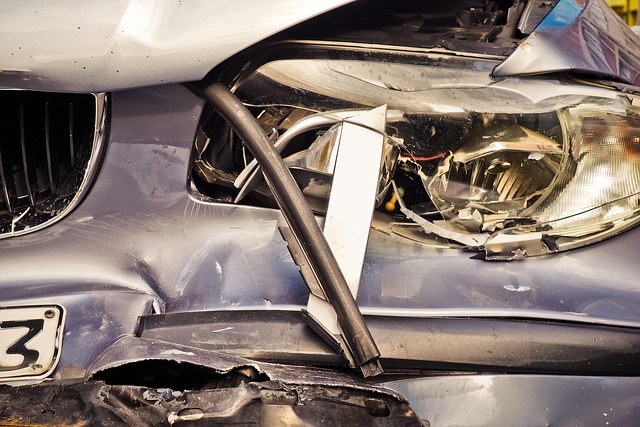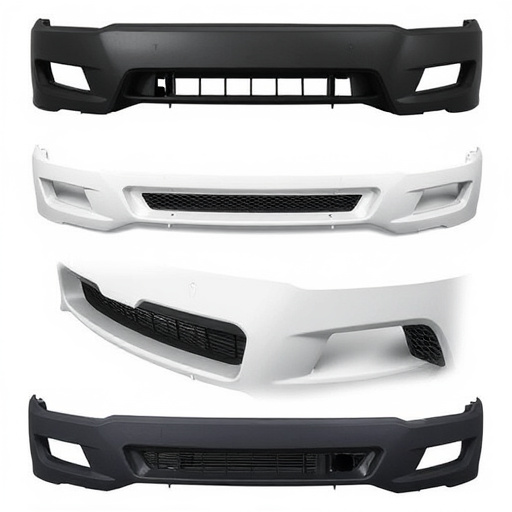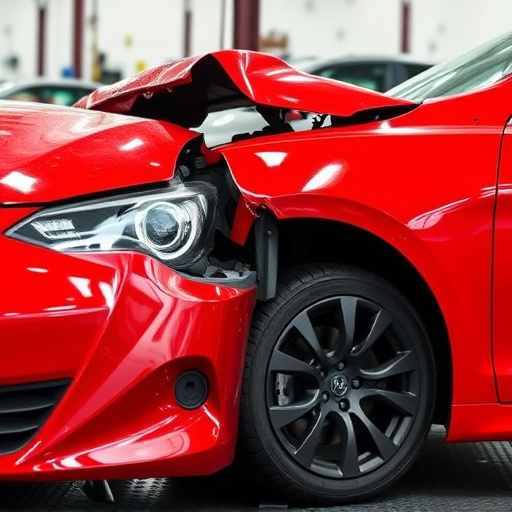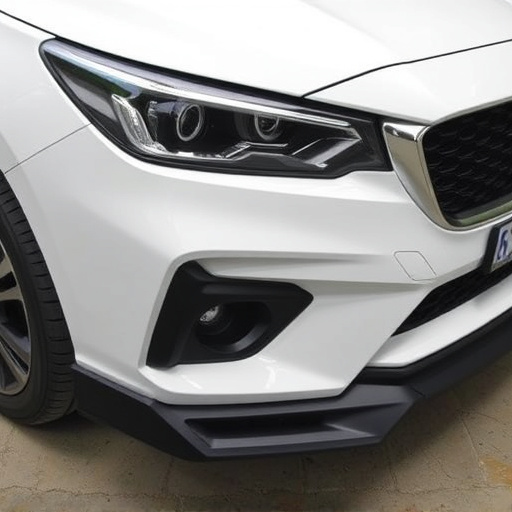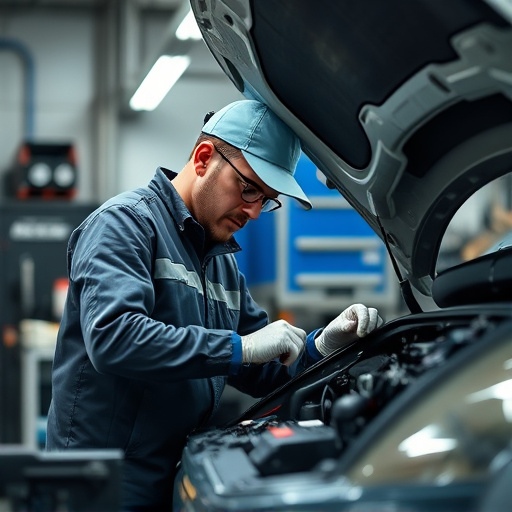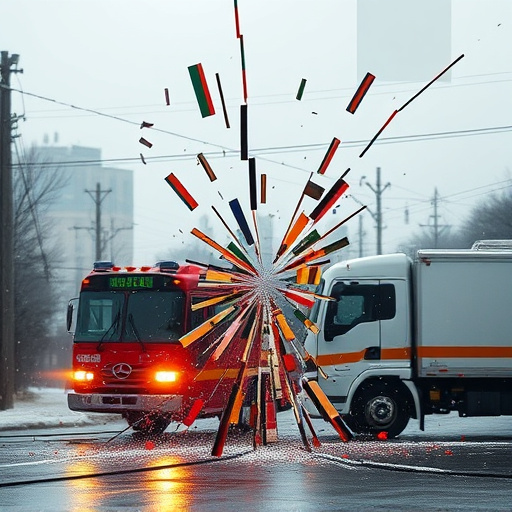Post-collision, assessing steering alignment is crucial for vehicle safety and handling. Inspect visible damage to front end components, noting any misalignment that could indicate issues with critical parts like the steering rack or suspension. If unusual handling persists, seek professional repair services to restore control and safety. Specialized tools and protective gear are required for accurate measurement using manufacturer guidelines. Proper alignment ensures optimal performance and considerations for vehicle repair or auto body painting. Conduct a visual inspection post-collision, consulting a body shop for detailed analysis to guarantee precise realignments enhancing safety and performance.
After a car collision, assessing steering alignment is crucial. Even minor crashes can cause subtle yet dangerous misalignments. Understanding how to check and correct these issues is essential for both safety and vehicle performance. This guide covers everything from identifying damage to your vehicle’s steering components to the step-by-step process of realigning them. We’ll also outline necessary tools and safety precautions, ensuring you’re prepared to address potential steering alignment problems after a collision.
- Assess the Damage: Identifying Steering Alignment Issues After a Collision
- Tools and Safety Precautions for Checking Steering Alignment
- Step-by-Step Guide to Realigning Your Steering After a Crash
Assess the Damage: Identifying Steering Alignment Issues After a Collision

After a collision, assessing the damage is crucial to determine if there are any issues with your vehicle’s steering alignment. Look for visible signs such as dents, cracks, or misalignments in the front end, especially around the bumper and suspension components. These can indicate problems with the steering rack, tie rods, or ball joints, which are critical for maintaining proper steering control.
During your initial inspection, consider how severely each part of the vehicle was impacted. A dented or damaged bumper may not always affect steering alignment directly, but it could be a sign that other components nearby were compromised during the collision. If you notice any odd handling or pulling to one side while driving, these could be indicators of misaligned steering, warranting further investigation and professional vehicle repair services.
Tools and Safety Precautions for Checking Steering Alignment

Checking steering alignment after a collision requires specific tools and careful safety precautions to ensure accurate results and avoid further damage. Before attempting any adjustments, gather essential tools such as a steering aligner, dial indicators, and a jack stand for vehicle support. Additionally, wear protective gear including gloves and safety glasses to shield yourself from debris and potential hazards.
Ensure your workspace is well-lit and clear of obstructions to facilitate precise measurements. Position the vehicle on a level surface and engage the parking brake for stability. Use the steering aligner to measure the misalignment in degrees, ensuring accurate readings by following manufacturer guidelines. These steps are crucial when considering vehicle repair services or even auto body painting, as proper alignment ensures optimal performance and safety on the road.
Step-by-Step Guide to Realigning Your Steering After a Crash
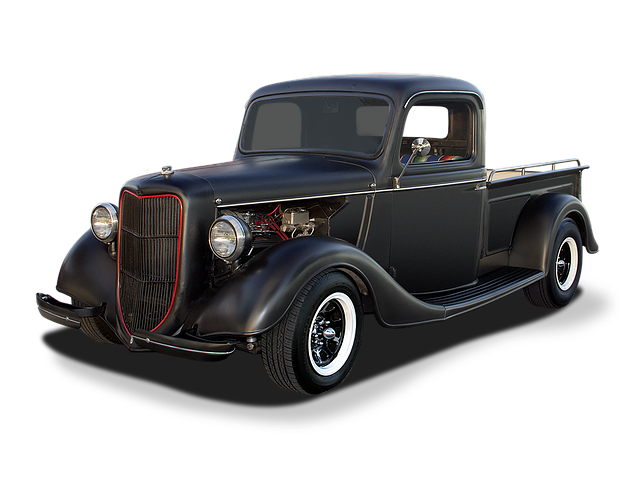
After a collision, it’s crucial to assess if your car’s steering alignment has been affected. Here’s a step-by-step guide to help you realign your steering after a crash:
1. Safety First: Before attempting any adjustments, ensure your vehicle is stable and secured on a level surface. Engage the parking brake and jack up the car, supporting it with sturdy stands to prevent movement. Remember, safety is paramount, especially when dealing with damaged vehicles.
2. Visual Inspection: Examine the vehicle for visible signs of steering misalignment. Look for uneven tire wear patterns, which might indicate a misaligned wheel. Check for any obvious damage to the suspension components, steering column, or the frame near the steering system. If possible, compare the left and right side of your tires—any significant differences could point to an alignment issue. For detailed analysis, consider taking your vehicle to a trusted vehicle body shop where technicians use specialized equipment to perform precise car body repair. They can measure and adjust the steering alignment using advanced tools.
After a collision, it’s crucial to assess the damage, especially to your vehicle’s steering system. Proper steering alignment is vital for safe and efficient driving. By understanding how to check and realign your steering alignment post-collision, you can ensure your vehicle handles correctly and prevent further damage. Remember, if you’re unsure, consult a professional mechanic for a thorough inspection.
